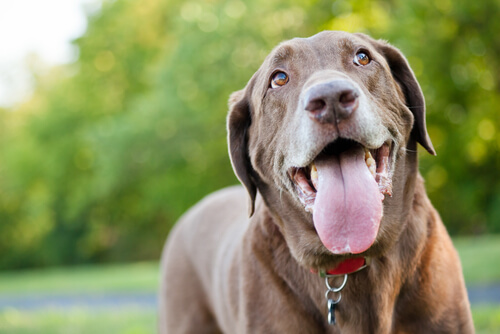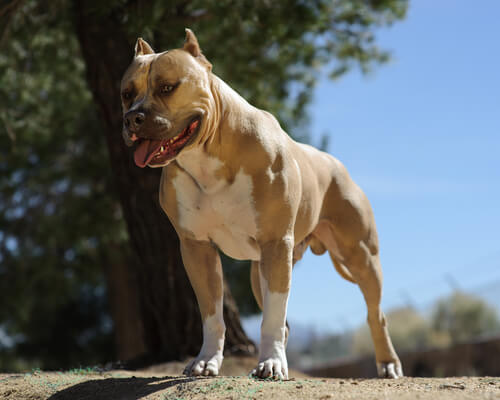Tips and Things to Consider Before Buying a Pure-Bred Dog

Before buying a pure-bred dog, there are certain things you should think about. The ultimate goal is to help the dog adapt to his new environment and lifestyle.
Things to Consider Before Buying a Pure-Bred Dog
1. Male or female?
Males and females have different temperaments and each one requires a certain type of care. It is important to choose the right gender for your lifestyle, availability and expectations.
Males, for instance, are usually more territorial. This means that they may become aggressive with new pets or people. Additionally, it’s common for them to want to mark their territory in every corner of the house.

Females, on the other hand, will need special attention when they’re in heat. However, they tend to be easier to socialize and act like “mama bears” with any children in the family. Females are usually smaller than males, so they adapt more easily to smaller environments, such as apartments.
2. Short-haired or long-haired?
This decision is crucial for people who have allergies. The ideal option in cases like these is to get a hypoallergenic breed, such as a Terrier or a Greyhound.
However, future dog owners must consider how much time they have for a new pet. Long-haired dogs need to be brushed two to three times a week to remove fur they’ve shed. They may need baths more often, because otherwise they’re prone to bad odors and associated health issues. It’s also good to have their fur trimmed once or twice a year.
Short-haired dogs only need to be brushed three to four times a month, and only one bath per week. Depending on the breed, you’ll probably want to groom your short-haired dog once a year or two.
3. Small, medium-sized or large?
Small dogs are a wonderful option for small city environments. However, they need enough exercise to stay healthy and not become overweight. Obesity is serious.
Generally, medium-sized dogs can live in apartments with ample outdoor spaces, such as a balcony or terrace. Ideally, though, they should live in houses with a yard.
Large or giant dog breeds need a lot of space to grow properly and stay healthy.
What to Keep in Mind When Buying a Pure-Bred Dog
1. Choose a Responsible Breeder
You can find out a breeder’s reputation by looking them up online or asking someone knowledgeable on the subject. The important thing is to never support abusive, illegal breeders of pets or exotic animals. These practices are considered criminal; they are responsible for the deaths of many animals.
2. Respect the Weaning Age
Unfortunately, sellers in the pet market ignore the fact that puppies need their mothers. It’s quite common for them to separate puppies from their mothers before they’re even 40 days old. Puppies should breastfeed until they’re 2 or 3 months old.
When you separate puppies from their mothers at an early age, the puppies don’t get the nutrients and antibodies they need to fully develop their immune systems. This leaves them especially vulnerable to viral infections and intestinal parasites.
When puppies are separated from their mothers so suddenly, they inevitably also feel insecure. If you choose to buy a pure-bred dog, find a breeder that respects the minimum weaning age of 60 days.
3. Certify the Dog’s Breed and Lineage
The breeder must give you a complete set of the puppy’s records. Most countries and establishments only work with pedigrees. However, there are other variables that these people may also require, such as: the Initial Registration Certificate (CRI), the Certificate of Racial Purity (CPR) or the Genealogical Certificate (CG).

4. Stay on Top of Vaccines and Deworming
A puppy should always come with his health history, which includes vaccination and deworming records. Make sure a responsible veterinarian has certified and signed these records.
5. Get Your New Dog’s Environment Ready
When you plan to buy a pure-bred dog, you will need to prepare your home for your new pet’s arrival. A puppy has to feel comfortable and safe if he will settle in well.
First of all, you puppy needs a climate-controlled environment. Puppies are not fully capable of regulating their body temperatures. Keep the environment between 22 and 25ºC.
His space should have a bed, a food bowl, and a water bowl proportional to his size. Also ensure it’s a clean, dry, quiet place.
6. Socialize Your New Dog
It’s very important for your dog to learn to coexist in social settings and peacefully be with other animals. The process of socialization is a vital part of training your new pup. Ideally, you should begin socializing your new puppy between the ages of 4 weeks and 20 weeks.
Main image source: Dario Sgroi
